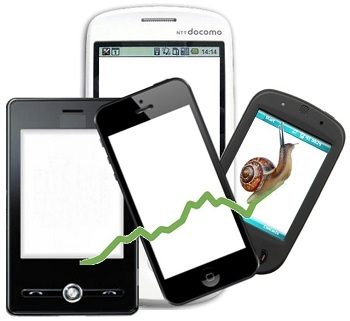The success of the LG G3 is being credited for a large part of the successes that the company has experienced.
LG Electronics Inc. has been sitting in the shadow of its larger South Korean counterpart, when it comes to leading the top smartphone trends, but it has still managed to be able to carve out its own space within this market.
According to some of the latest figures, 2014 represented considerable progress in the rise of that business.
The smartphone trends at LG looked very good in 2014, at which time industry sources claim that it saw an increase in year over year sales of 25 percent. This greatly had to do with the popularity of the LG G3 model. Last year, this second largest tech company in South Korea was estimated to have shipped 59.6 million mobile phone units. This represented an increase of 25.2 percent over the figures from 2013, which were 47.6 million shipped units.
LG has been a part of global smartphone trends since 2009, when it first entered into that market.
 In 2011, LG’s sale of smartphones had already reached 20 million units, said Strategy Analytics data. By 2012, that had increased to 26.3 million units, which shows a rapid rise in the sale of these mobile devices. Within the first half of last year, LG had already released an announcement that said that it had broken its own records in selling smartphones, after having sold 14.5 million of those mobile devices in the first six months. The company, itself, was already crediting the success of the G3 in South Korea for that achievement.
In 2011, LG’s sale of smartphones had already reached 20 million units, said Strategy Analytics data. By 2012, that had increased to 26.3 million units, which shows a rapid rise in the sale of these mobile devices. Within the first half of last year, LG had already released an announcement that said that it had broken its own records in selling smartphones, after having sold 14.5 million of those mobile devices in the first six months. The company, itself, was already crediting the success of the G3 in South Korea for that achievement.
In 2014, the G line smartphones from LG proved to be very popular, including the G3, but also the G3 Beat and the G3 Stylus. That said, another addition to the increase in sales from the mobile technology manufacturer was because of the LG Wine Smart, which was a flip phone that provided users with buttons that would offer a direct connection to KakoTalk, a popular messaging platform.
Still, despite the strong smartphone trends for LG in 2014, it still sits behind its Chinese rivals, Huawei Technologies, and Xiaomi. That said, its forecast for 2015 is looking quite strong and many industry experts are expecting that its shares and profitability will both continue to rise.


